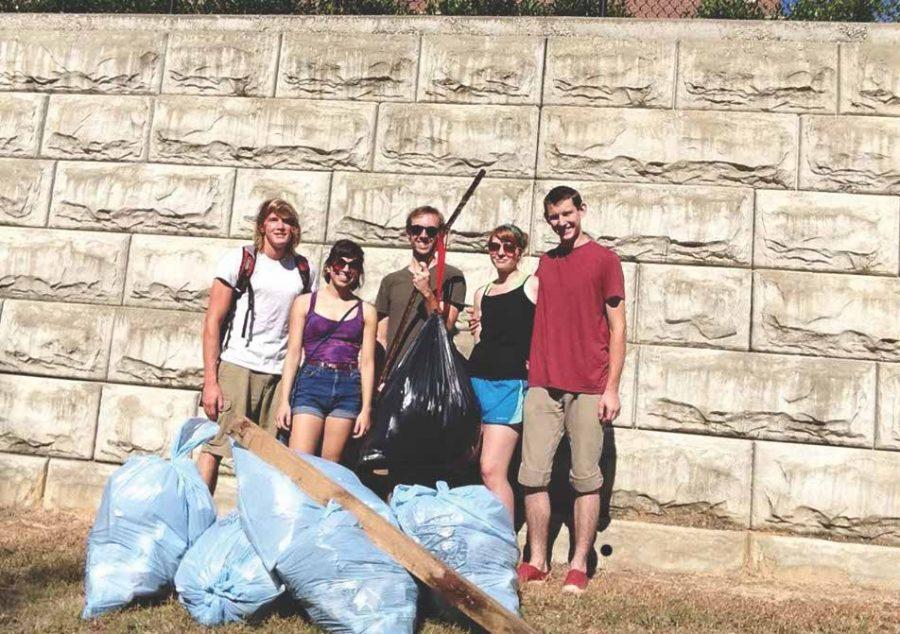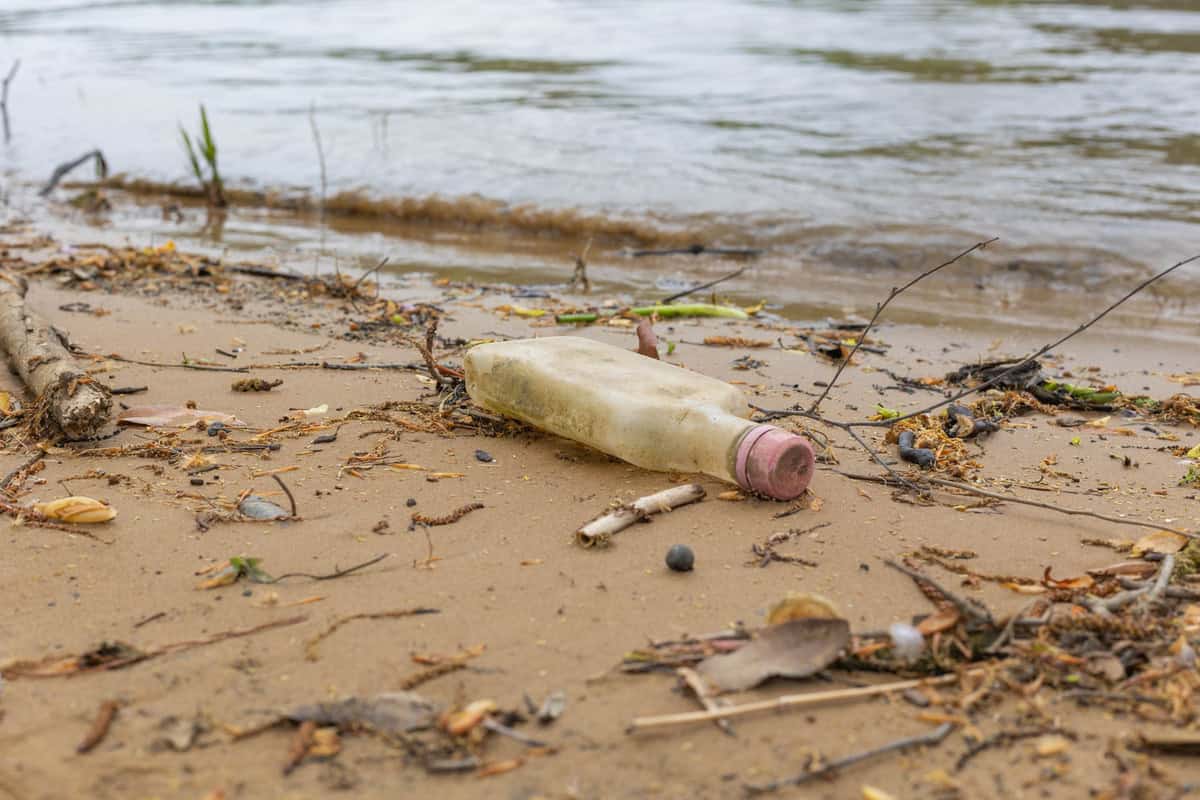When The University of Alabama Environmental Council led a cleanup of Marr’s Spring recently, the group of five students picked up more than a little litter. In fact, they picked up six large trash bags worth of Styrofoam, cigarette butts and plastic. And that was only after two hours.
ECo, which organized the cleanup through Facebook and Get On Board Day, is an advocacy and activism group that meets weekly to hear student environmental concerns and to work for their resolution. This particular time, the group focused on Marr’s Spring, a spring on campus that served as the University’s original water supply until 1920.
Now often overlooked, the spring depends on clean-up efforts from groups like ECo to counter the pollution that seeps in from campus, Anna Turkett, leader of the UA Environmental Council executive committee, said.
“The cleanups clear a large amount of waste from the spring,” Turkett said. “Some of which is recyclable and helps keep the ecosystem healthy.”
The “University Tunnels,” a set of storm drains on campus, empty into Marr’s Spring Creek, dumping trash into the water supply.
Kyle Davis, treasurer of ECo, said in addition to the plastic bottles, wrappers and Styrofoam frequently found in the creek, during football season, “the little strings from our ubiquitous shakers” wash up as well.
“This litter practically coats the shores of this creek and reminds us that just outside its borders there exists a culture that doesn’t much emphasize harmony with nature,” Davis said.
Because the creek fills up with trash on a consistent basis, ECo periodically sends a group to participate in clean-up efforts. Philip Shimel, a member of the UA Environmental Council, said much of the student body doesn’t realize the natural habitat thriving on campus.
“The forest habitat there harbors large trees and animals like deer, kestrel, groundhog and skunks. It’s a small and beautiful gem that few people visit but a great many unknowingly pollute,” Shimel said. “Garbage discarded carelessly on campus does not disappear; it lodges in these wild places or flows into the water supply.”
He said trash such as cigarette butts and decaying plastics leech chemicals that are lethal or carcinogenic to both people and wildlife.
“Besides directly trashing the campus, litter also poisons it,” Shimel said. “Harmful compounds seep from our garbage into our vegetation and water, making every person, plant and animal sicker than it should be.”
Recycling on campus helps reduce the amount of waste the campus produces, which is also vital to preserving wildlife and the local water supply.
“Recycling goes beyond the bins,” Turkett said. “The UA Recycling Center and Recycle Bama do fantastic work facilitating and promoting recycling on campus. We recycle electronics, grease from dining halls, car batteries and even furniture.”
Shimel said recycling is a good indicator of how awake a student population is to the issues of our community and the preservation of our environment.
“Small actions multiplied by enough people can make a big difference, and the health benefits of a cleaner, greener campus are very real,” Shimel said.







